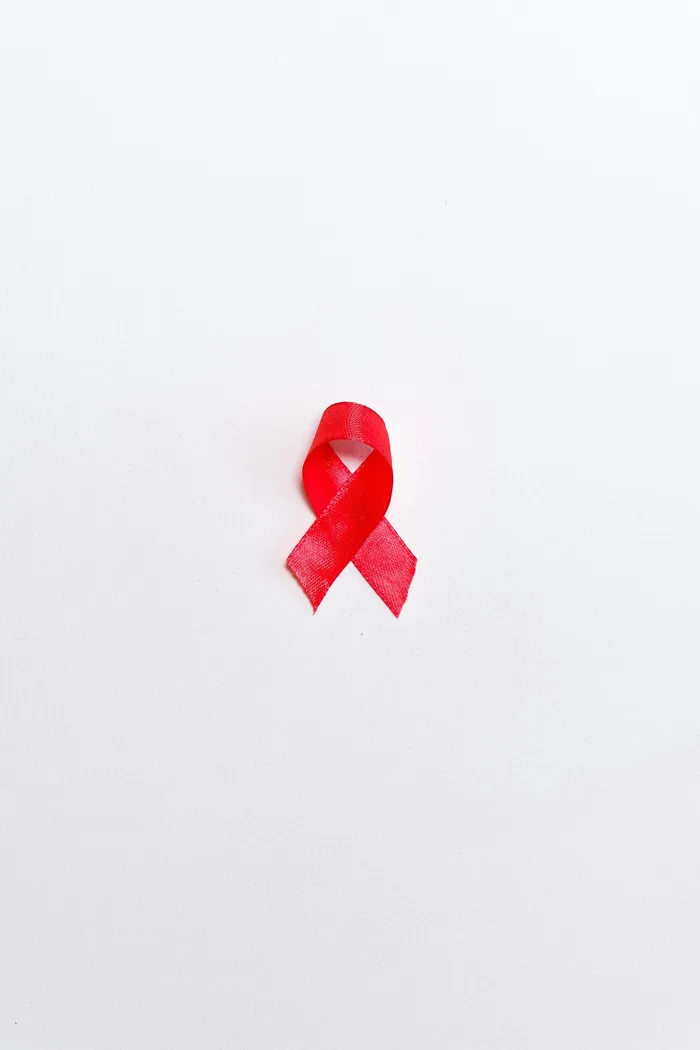New HIV prevention shot (PrEP) for high-risk women shows 100% success

PREP involves taking a daily medication regimen to lower the risk of contracting HIV. Picture: Anna Shvets/pexels
In South Africa, the fight against HIV/Aids remains a critical focus as the nation grapples with one of the highest infection rates in the world.
Recent developments in HIV prevention, including updates on pre-exposure prophylaxis (PrEP) and a breakthrough new prevention shot, offer renewed hope in the ongoing battle against this persistent health challenge.
Why PrEP is a crucial tool in HIV prevention
Pre-exposure prophylaxis, commonly known as PrEP, has been a significant advancement in HIV prevention efforts globally.
In South Africa, where an estimated 7.5 million people are living with HIV, PrEP has played a crucial role in reducing the transmission of the virus among high-risk populations.
PrEP involves taking a daily medication regimen to lower the risk of contracting HIV. This has been particularly effective among individuals at increased risk of exposure to the virus, such as sex workers, men who have sex with men and serodiscordant couples.
In a groundbreaking development, the independent data monitoring committee has recommended halting the blinded phase of the PURPOSE 1 trial due to the extraordinary efficacy of lenacapavir in preventing HIV infection among high-risk women.
This recommendation, detailed in a Medscape Medical News report, includes offering open-label lenacapavir to all trial participants.
“This outcome is both surprising and exhilarating,” said Dr Moupali Das, executive director of Clinical Development at Gilead Sciences in Foster City, California.
“In my extensive experience in the HIV field, no other phase 3 PrEP trial has achieved a zero infection rate.”

The PURPOSE 1 trial assesses the safety and efficacy of two regimens: twice-yearly subcutaneous lenacapavir for pre-exposure prophylaxis and once-daily oral Descovy (emtricitabine 200 mg and tenofovir alafenamide 25 mg), in women and girls aged 16-25 years.
These are compared with the standard once-daily oral Truvada (emtricitabine 200 mg and tenofovir disoproxil fumarate 300 mg).
Among over 2 000 women in the lenacapavir group, there were no instances of HIV infection. In contrast, the incidence of HIV in the Descovy group was 2.02 per 100 person-years, and in the Truvada group, it was 1.69 per 100 person-years.
The trial’s primary endpoint, the background incidence of HIV, was 2.41 per 100 person-years with lenacapavir. All drugs demonstrated safety and good tolerability. Full interim data will be presented at an upcoming conference, as confirmed by Das.
Despite its effectiveness, the widespread adoption and accessibility of PrEP in South Africa have faced challenges. Issues such as awareness, stigma, and healthcare infrastructure have impacted the scale-up of PrEP programmes across the country.
However, concerted efforts by government agencies, NGOs, and healthcare providers have led to significant progress in making PrEP more widely available and accessible to those who need it most.
Breakthrough in prevention: Lenacapavir
In a recent development, a new injectable HIV prevention method called lenacapavir has shown promising results in high-risk women. According to an interim analysis of the phase 3 PURPOSE 1 trial, lenacapavir demonstrated 100% efficacy in preventing HIV infection among women at risk.
This injectable capsid inhibitor, administered twice yearly, represents a significant advancement in HIV prevention technology.
Its effectiveness offers hope for reducing HIV transmission rates, particularly in demographics disproportionately affected by the virus.
Combating stigma and enhancing access
While these advancements are promising, challenges remain in the fight against HIV/Aids in South Africa. The stigma surrounding the virus continues to hinder testing, treatment, and prevention efforts.
Addressing stigma through education, community outreach and policy initiatives remains crucial in the ongoing battle against HIV.
The medical community is “thrilled” with the results so far, said Monica Gandhi, MD, director of the UCSF-Gladstone Center for Aids Research.
“We have to wait for the full data, but so far, it has been 100% effective and far superior to other treatments,” reported MedsCape.
Gandhi said she is waiting to see more details on side effects and tolerability, as well as discontinuation rates in the trial and the reasons people dropped out.
For example, lenacapavir tends to cause nodules to form under the skin, which are the depots from which the drug is released over the course of 6 months. Gandhi said she is interested in whether any participants found them bothersome enough to discontinue the treatment.
The global HIV epidemic is still ongoing, with 1.3 million new infections in 2022, and existing oral PrEP options, and even the long-acting injectable cabotegravir, have so far failed to make as much of a dent in infection rates as hoped, said Gandhi.
“We’ve been waiting for another option.”
Furthermore, enhancing access to prevention methods like PrEP and new technologies such as lenacapavir is essential.
This includes ensuring affordability, availability in remote areas, and integration into existing healthcare services to reach all those at risk effectively.
As South Africa continues its fight against HIV/Aids, updates on PrEP and the promising results of lenacapavir offer encouraging signs of progress.
With continued commitment, collaboration, and innovation, the nation aims to achieve its goal of an HIV-free generation, ensuring better health outcomes for all its citizens.
While challenges persist, South Africa’s efforts in HIV prevention are bolstered by advancements like PrEP and breakthroughs such as lenacapavir, marking significant steps forward in the global fight against HIV/Aids.